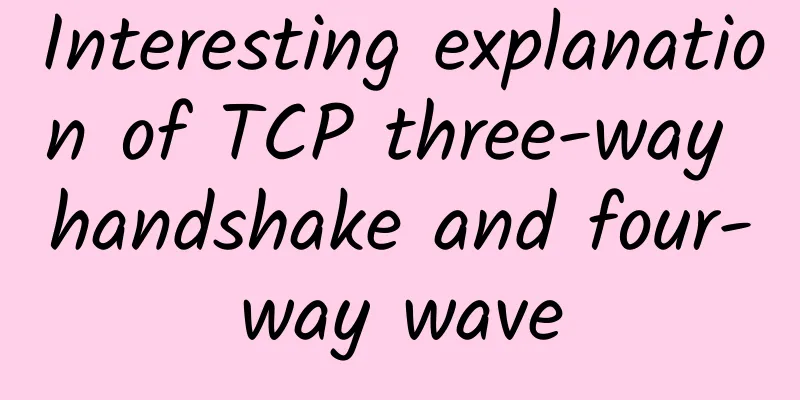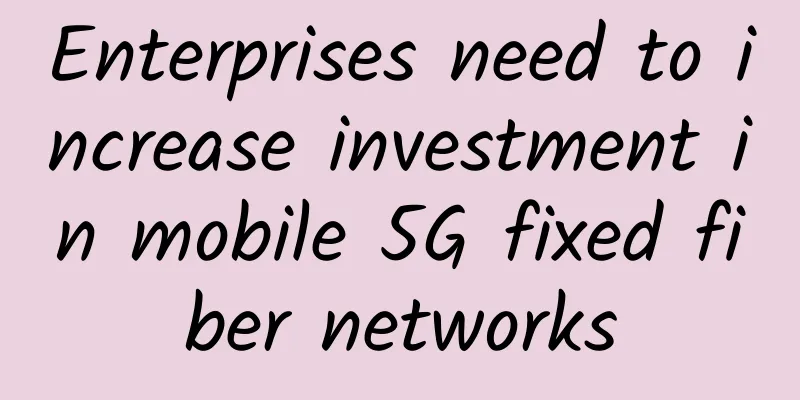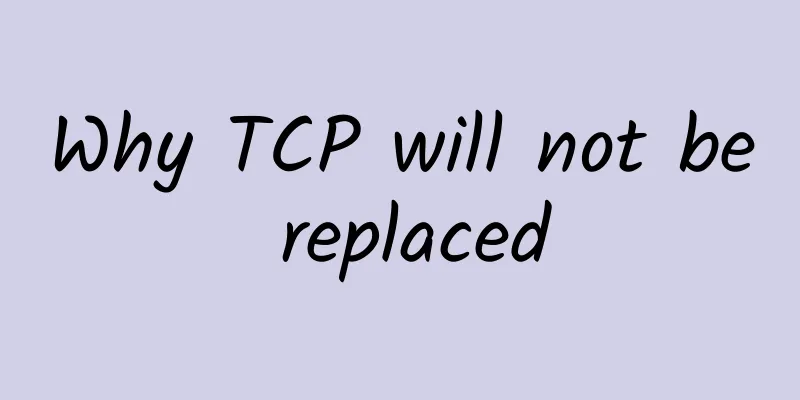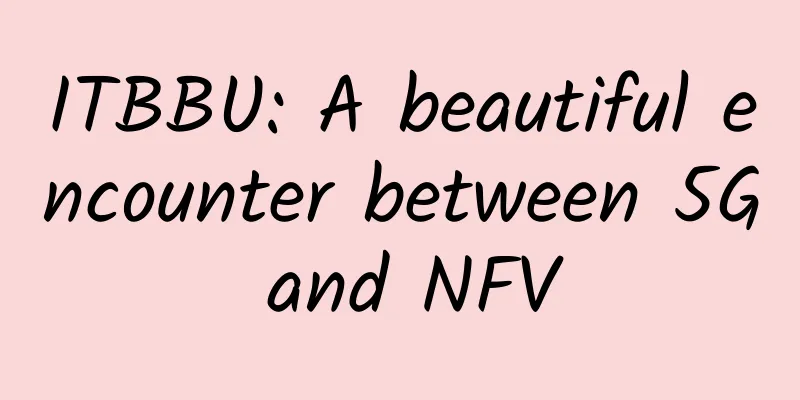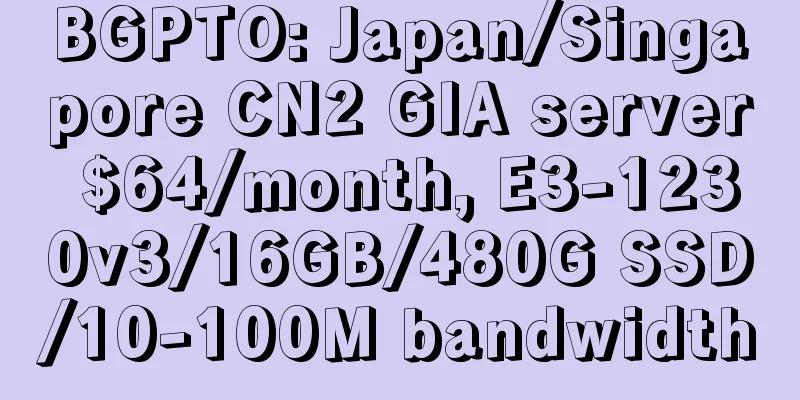Will ZeroNet subvert the existing Internet network?
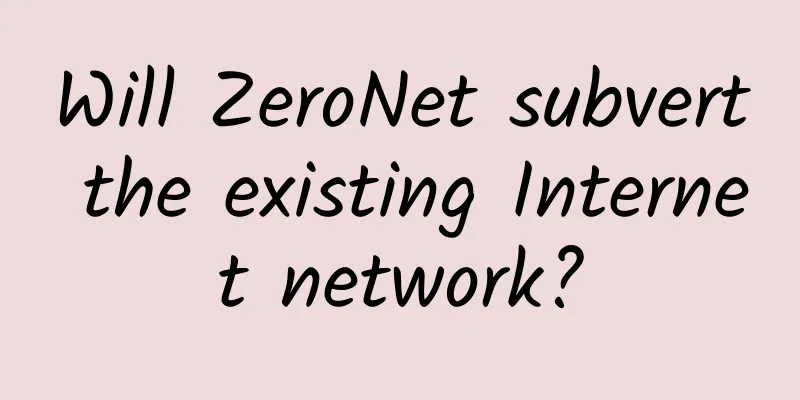
|
ZeroNet is a revolutionary P2P network based on Bitcoin encryption algorithm and BitTorrent content distribution protocol. It was created by Hungarian developers using Python and is completely open source. Another innovative thing that must be mentioned when talking about ZeroNet is BitTorrent. In the BT network, each access device is both a server and a client. In BT's P2P protocol, once the publisher's resources are downloaded by others, they will never disappear again. Others can download files from all nodes with this resource. It is said that Google has already used the Bittorrent protocol to update content across computer rooms.
Advantages: ZeroNet is a BT platform that provides uncensored networks and communications, ensuring the security of user communications and file sharing. With ZeroNet, you can surf the Internet anonymously, you can build a website on your computer, but even if you turn off your computer, your website still exists and others cannot shut down your website. The summary is as follows: 1. No need to file: You can build a website without notifying anyone. 2. No audit required: Your website will not be shut down 3. No server required: You don’t need to maintain a server for a long time to maintain your website 4. Ignore firewalls: It is more difficult for some organizations to stop you when you publish or access information
Although ZeroNet does not provide anonymity protection by default, users can use Tor browser to set up a proxy to achieve anonymity. Compared with the current Internet network, ZeroNet only needs to download a software to access the website through a special "ZeroNet URL". This special URL is 127.0.0.1:43110 followed by a 34-bit string like a Bitcoin wallet address, similar to the following,
The most important feature of ZeroNet is decentralization. It forms an Internet-like P2P distributed network based on a single visitor. Each visitor is a node, and each access device is both a server and a client, and is responsible for storing website content and providing transmission bandwidth. When visiting a website, the content of the website will be downloaded from the node containing the website to the local computer and kept updated synchronously. Then the local computer will become an output node of the website to provide services to the outside world, and each time the browser is opened, the local content is constantly updated. The more websites a visitor browses, the more website content is stored locally, and the more space is occupied. Therefore, the default content limit for a single website is currently 10MB, which is more suitable for personal blogs, forums, and BT seed file sites, but not suitable for video and large file storage. The advantage of doing this is that all visitors are enjoying the resources provided by others, while you are also providing resources to the outside world. As the number of nodes increases, the access speed will become faster and faster, and the effect will even be better than the CDN service commonly used on the current network. Another advantage is that you no longer need a host or space to build a website. A ZeroNet blog or forum built locally, as long as someone has browsed it, others can continue to visit it after turning off the computer. You may worry that your website will be attacked maliciously, but you can rest assured that ZeroNet has sandbox protection, which means that you have full control over your website. If you find suspicious content, you can stop hosting the website at any time. Finally, and most importantly, freedom. This model allows websites to be created and disseminated freely, avoiding third-party censorship, and there is no risk of website closure. Will ZeroNet replace the existing Internet network? ZeroNet obviously cannot replace the current popular Internet model, but the concept of a P2P distributed network without a server is really eye-catching. The ZeroNet network uses Bitcoin's signature technology and BitTorrent's file distribution technology to provide an uncensored and secure network and communication platform, uses BitTorrent to discover nodes and synchronize website content, uses Namecoin (a Bitcoin-based P2P distributed domain name system) for domain name resolution, and uses Tor to achieve anonymity. Plus, you don’t need to remember a password because your account is protected by the same encryption as your Bitcoin wallet. To ensure the integrity of the files, when you visit a website, you download a file called "content.json" which contains all the other file names with relative hashes and cryptographic signatures by the website owner. You then download other files and verify them using the hashes contained in "content.json". This prevents the spread of corrupted files or malicious code to some extent. Another feature is multi-user sites, for example if you want to publish on a forum or blog. Send your verification address to the site owner and it creates a new file with your verification address set as a valid signer. The site owner publishes a new "content.json" stating that you can sign files. The functions implemented by ZeroNet are listed as follows:
Although ZeroNet is not yet mature, it allows us to experience the decentralized P2P network in a new and simple way. It is a technological innovation and provides an additional option for the use of the Internet. Comparison with Twitter Twister is a decentralized social network. In theory, no one or organization can shut it down. Moreover, on Twister, other users do not know whether you are online, your IP address, or who you follow. This is a deliberate design to protect user privacy. Users can still use Twister to publish public information, but private information sent by users to others is encrypted and protected by the encryption method commonly used by LavaBit. LavaBit is the email service provider used by Snowden. For a new application that is not controlled by a central authority and takes security very seriously, Twister has achieved remarkable ease of use. Other alternatives to Twitter and Facebook, such as Pump.io, Identica and Diaspora, require users to run their own servers or trust someone else to run a server. Twister is more like peer-to-peer file sharing software: run Twister, and it can connect to other users, without the need for a central server. Twister uses the Bitcoin protocol, although it has no currency inside. This protocol is used to handle Twister user registration and login verification. Just like Bitcoin miners confirm each transaction to ensure that no one can double-spend and everyone can only spend their own coins, the network of Twister users' computers is used to confirm that a username is not registered twice and that the microblogs (posts) sent by users are indeed from that user. The microblogs sent by users use the BitTorrent protocol, which allows the system to quickly and efficiently publish a large number of microblogs over the network, allowing users to receive new microblogs and information almost simultaneously, without the need for a centralized server. But will anyone use a decentralized Twitter? Take a look at the screenshot below. There is no administrator on the Twister network to censor or filter your speech! You don't need to climb over the firewall to use Twister. But once your message is published, it cannot be deleted! |
<<: TCP/IP based application programming interface
Recommend
A brief discussion on the integrated development of data centers
In the tide of information and communication tech...
Ministry of Industry and Information Technology: There are more than 1,500 "5G+Industrial Internet" projects nationwide
[[402918]] Recently, the Ministry of Industry and...
80VPS: 16TB storage server with unlimited traffic in Los Angeles MC data center starting from 850 yuan per month
80VPS is a long-established Chinese hosting compa...
Can high-speed fiber optics connect smart factories?
In order to keep factories moving forward, the in...
[11.11]DogYun: 30% off on Elastic Cloud/20% off on Classic Cloud, get 1 yuan free for every 11 yuan you recharge, 100 yuan off for a dedicated server per month
DogYun also officially released the promotional a...
Finding edge applications on 5G
5G is considered a key part of delivering edge co...
What exactly is the performance problem with TCP?
Overview The performance issue of TCP is essentia...
What is an access network?
Nowadays, whether it is the fixed network (broadb...
How 10 popular SD-WAN startups survive in the cracks
The SD-WAN market is very hot. Large enterprises ...
The difference between TCP and UDP and detailed explanation of flow control, congestion control, fast retransmission, and fast recovery algorithms
[[413351]] Differences between UDP and TCP In the...
Yecao Cloud: Hong Kong VPS annual payment starts from 168 yuan, Hong Kong dedicated server starts from 199 yuan/month, BGP or CN2 line
Yecaoyun is still offering promotions for Hong Ko...
Can mandatory pre-installation solve the problem? Controversial 5G news: Even if we are not competitive, we cannot act rogue
In the public opinion field, operators are critic...
Byte side: Can TCP and UDP use the same port number?
Hello, everyone, I am amazing. Today I saw an int...
HTTP/3 Principles and Practices
After the HTTP/2 standard was published in 2015, ...
CloudSilk Germany 10% off: AS9929 line from 216 yuan/year, low latency, 500Mbps large bandwidth
CloudSilk.io recently offered a 10% discount coup...
